From talking to patients about tarsal coalition, we’ve come to realise that this is a term that is not very well known by the general public, unless you or a family member has been affected by heel pain from it. Despite this, tarsal coalition does affect a number of people seeking podiatric help for heel pain, and it’s estimated prevalence around the world seems to range from less than 1% up to 2%, which in the bigger picture definitely does have a clinical significance.
This being said, we thought we’d illustrate the typical presentation of a patient with a tarsal coalition and their symptoms, so you know what to look out for in the future.
Tarsal coalition: The background
For your reference, a tarsal coalition describes an abnormal connection or fusion between two or more tarsal bones of the foot. These fusions may be bony, cartilaginous or with fibrous tissue.
These tarsal bones are located from the heel bone and toward the middle of the foot. The bones and joints most often affected are the calcaneus and the navicular (calcaneonavicular joint) and the talus and the calcaneus (talocalcaneal joint). One or both feet can be affected.
A tarsal coalition typically occurs in the womb, leading to improper bone formation, and so is present a birth. This being said, the symptoms don’t usually start until the ages of 8+ as this is the time that bones start to mature and harden. Not all tarsal coalitions will have painful symptoms.
A young patient presents
Tarsal coalition is typically diagnosed between the ages of 8 and 16 years old, and in our experience we see kids around 10-12 years old come in with their parents in the clinic. The level of activity that these kids partake in varies, though it’s often on the higher end.
The pain experienced can present both as a dull ache or a sharp pain (or both) and is in the area of the affected joint, which will often be around the ankle. The pain can come and go over time, and is usually associated with physical activity. Often the pain has been left for some time (weeks ormonths) to resolve on its own, and we see the patient after it has failed to resolve for some time. Though this is our experience, we do highly recommend bringing kids in as soon as possible!
The pain can stop kids from doing the things they love and participating in sports matches, as well as general daily activities as the symptoms progress. Pain can radiate to the knees and other joints, and the joints can feel stiffer, particularly around the ankle.
Our assessment
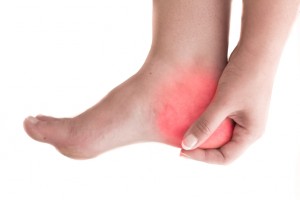 On our end, we conduct a comprehensive biomechanical assessment in which we:
On our end, we conduct a comprehensive biomechanical assessment in which we:
- Palpate around the heels and painful structures
- Check the range of motion at all the joints of the foot, ankle, knee and hip
- Conduct a gait (walking) assessment with shoes and without, on the ground and the treadmill
- Conduct a foot posture assessment
- Conduct a footwear assessment
- Check muscle strength
The findings can vary significantly, but often we find a very flat foot profile with potential damage or weakening of the surrounding muscles or tissues, such as the posterior tibial tendon on the inside of the ankle. There tends to be a limitation in the range of motion across some joints, to varying degrees, depending on the stage of the coalition and how much fusion has occurred.
A tarsal coalition is confirmed radiographically, and this is usually necessary to also rule out the possibility of a stress fracture or any arthritic changes in the bones and joints of the feet.
Treatment
The best course of action is decided by the podiatrist after the comprehensive assessment and evaluation of the feet and legs. We have tended to see patients in the earlier stages where the patients are relatively young and their pain is not severe. In these cases, an initial conservative approach is first indicated before considering the surgical route. Again, this is on a case-by-case basis.
We can use things like custom-prescribed orthotics, footwear changes and activity modifications to improve stability, reduce pressure on the affected tarsal bones and limit their movement – as it is the pressure and movement on a bone that is not completely fused yet that tends to elicit the painful symptoms. These devices, especially the custom-designed orthotics, will help keep the foot in the best possible alignment while the bones continue to fuse (this process is irreversible). This will provide the most comfort and best long-term outcomes for the patient.
Where appropriate and where the symptoms require, anti-inflammatories and physical therapies may also be used. We then monitor the patient regularly to ensure good alignment and that we are satisfied with the way the bones are fusing, so we can control and minimise any factors and changes that may impact the quality of life for our patient in the long-term. This is also where we may choose to involve an orthopaedic surgeon, though the need for this is again on a case-by-case basis.
The outcome
We are very pleased with the overall outcome of the patients we treat and their quality of life after the completion of the fusion. We work to minimise any resulting issues and restrictions and generally, they can function fairly normally apart from some restrictions in movement at the ankles/feet.
We hope that this has given you a good insight into tarsal coalition and helping you identify the signs and symptoms if they arise. If you’re concerned or your kids are experiencing any problems or pains with their feet and legs, bring them in to see our kids foot experts here at Perform Podiatry. We’re located within the One Health Building on Remuera Road, close to Newmarket. You can give us a call on 09 523 2333 or book online.
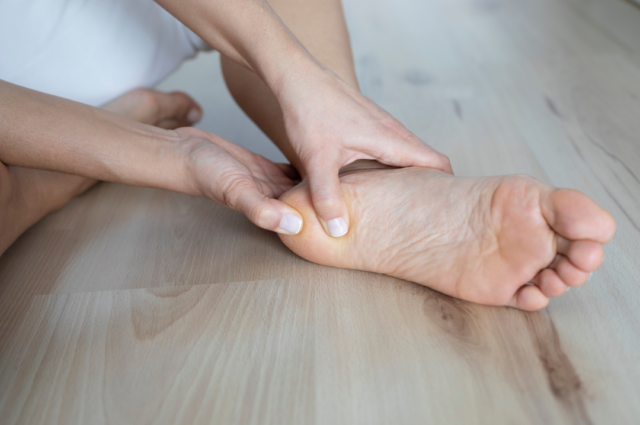
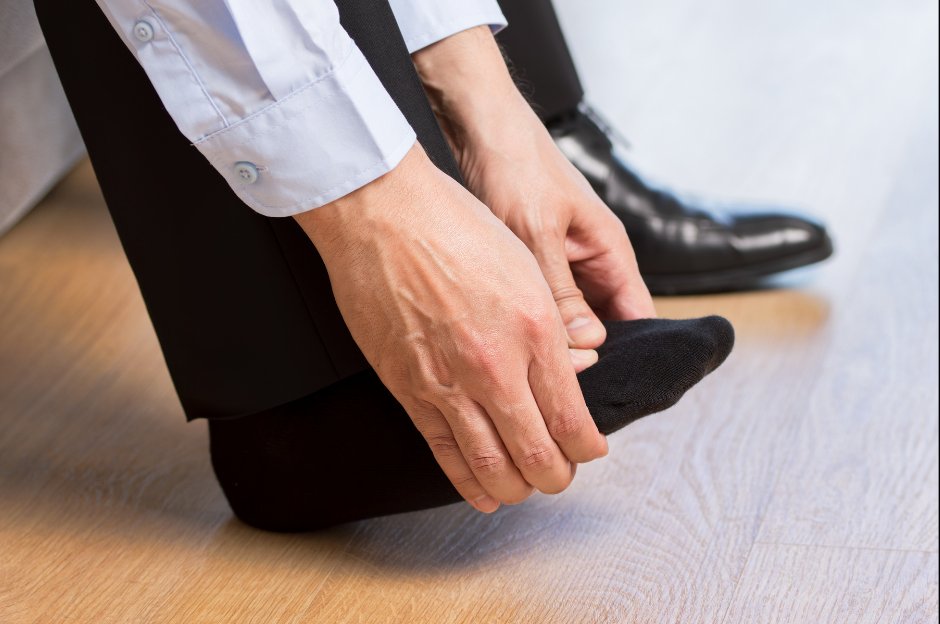
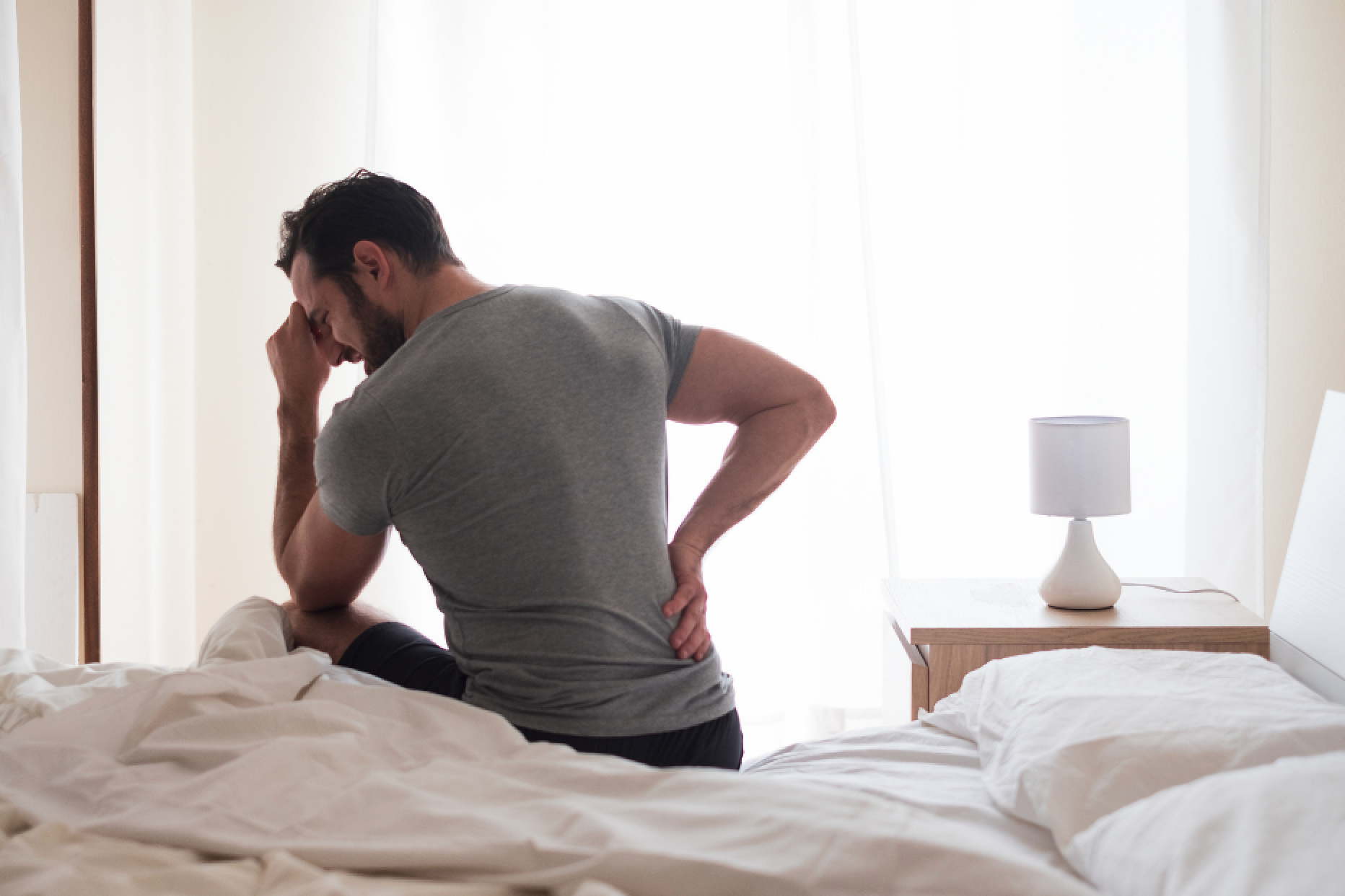
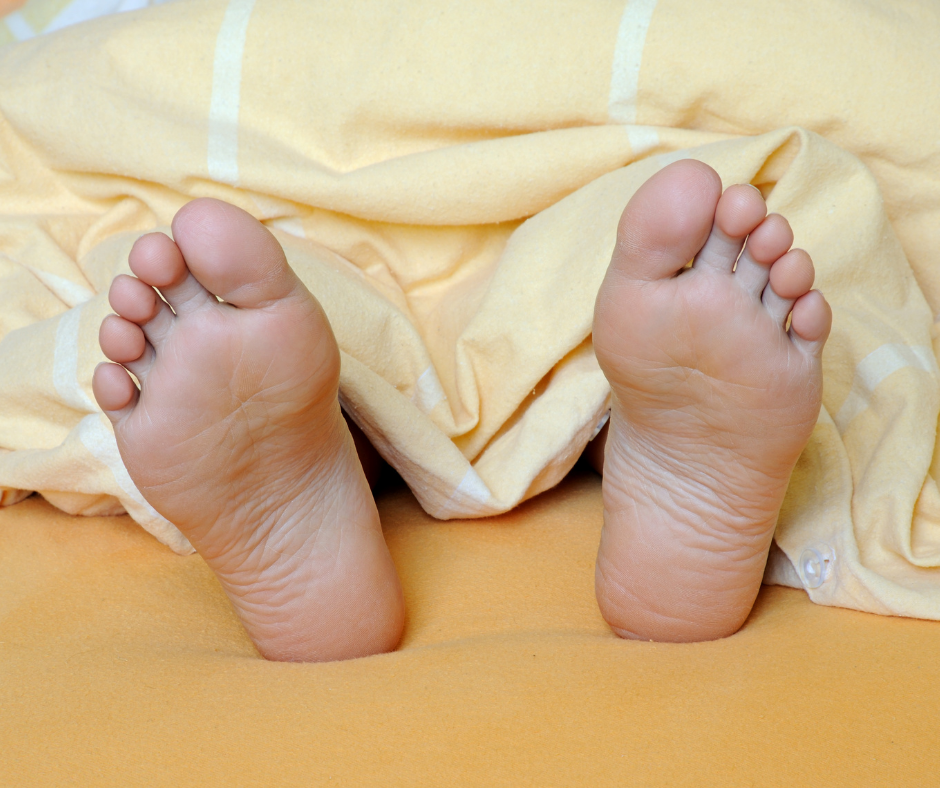

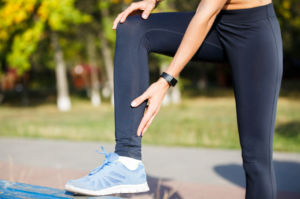 A one-off pain at the back of your heel at your Achilles tendon that starts but then shortly subsides for good is one thing. Ongoing Achilles pains and problems that keep reappearing – or even worse, never truly go away – takes the problem to a whole new level of discomfort, frustration and pain.
A one-off pain at the back of your heel at your Achilles tendon that starts but then shortly subsides for good is one thing. Ongoing Achilles pains and problems that keep reappearing – or even worse, never truly go away – takes the problem to a whole new level of discomfort, frustration and pain.
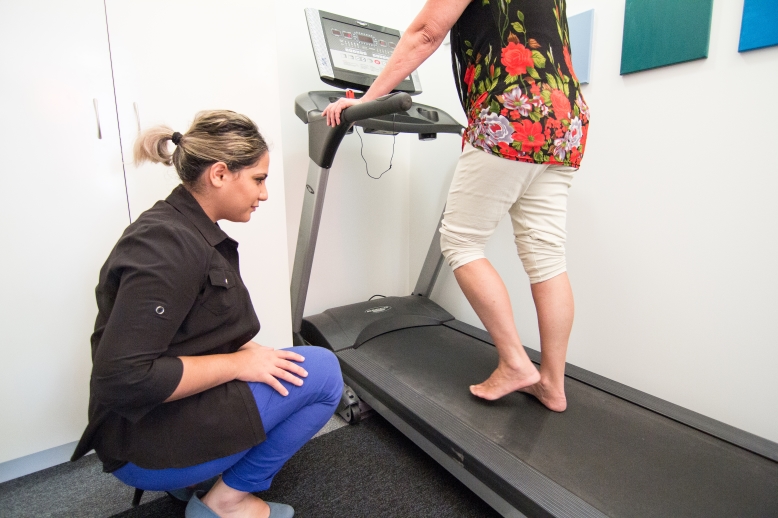

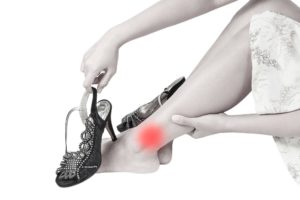 Ladies, before we dive into the fashion vs. comfort talk, the good news is that these days you can find great-feeling, great-looking shoes that are absolutely work-appropriate. Yay! The people have spoken and the shoe manufacturers have listened and provided us with a number of options. We love the range from Frankie4 and Ziera. Better yet, they have built-in arch support too! There are plenty of other great brands around – just try them on, and if it feels like you’re walking on a cloud and your foot is supported, then you’re on to a winner.
Ladies, before we dive into the fashion vs. comfort talk, the good news is that these days you can find great-feeling, great-looking shoes that are absolutely work-appropriate. Yay! The people have spoken and the shoe manufacturers have listened and provided us with a number of options. We love the range from Frankie4 and Ziera. Better yet, they have built-in arch support too! There are plenty of other great brands around – just try them on, and if it feels like you’re walking on a cloud and your foot is supported, then you’re on to a winner. Retail store floors can be made from all sorts of materials these days. We’ve been noticing quite a few bare concrete floors in more boutique-style retail stores as they go for the minimalist and high-end feel. The upside? Trendy. The much more significant downside? Concrete is a tough surface for your feet, especially during long shifts. If this is you, we’d invest in a cushioned mat for behind the counter, or wherever you find yourself working often and is out of sight. If it decreases your soreness and increases your happiness (and hence service or productivity), your manager may be very much on board.
Retail store floors can be made from all sorts of materials these days. We’ve been noticing quite a few bare concrete floors in more boutique-style retail stores as they go for the minimalist and high-end feel. The upside? Trendy. The much more significant downside? Concrete is a tough surface for your feet, especially during long shifts. If this is you, we’d invest in a cushioned mat for behind the counter, or wherever you find yourself working often and is out of sight. If it decreases your soreness and increases your happiness (and hence service or productivity), your manager may be very much on board.
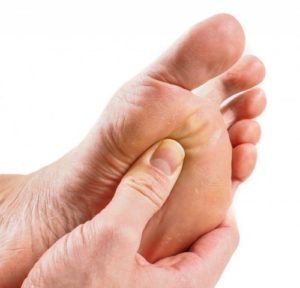
 On our end, we conduct a comprehensive biomechanical assessment in which we:
On our end, we conduct a comprehensive biomechanical assessment in which we: